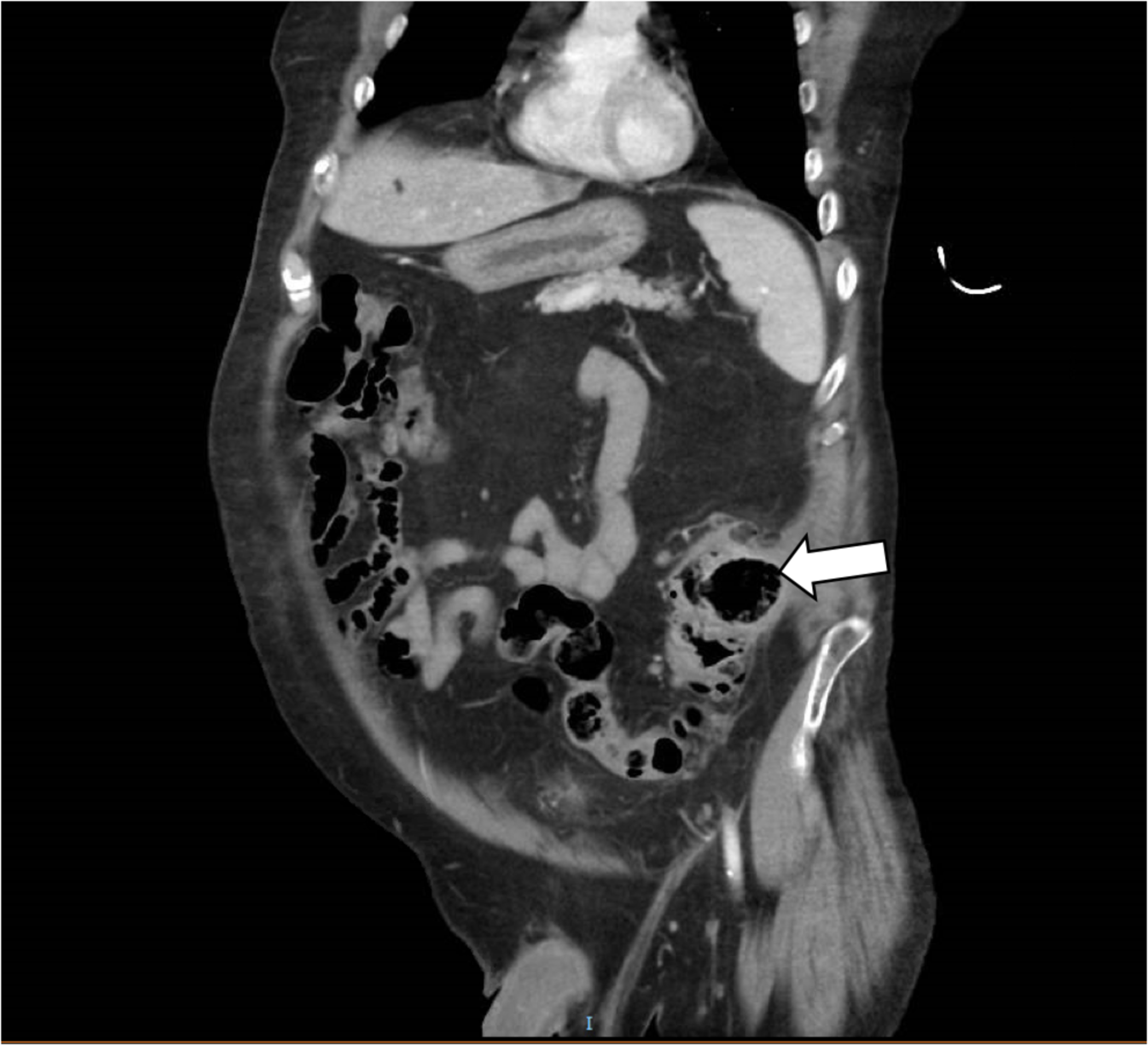

Intraoperative verification using a mobile CT unit in combination with frameless neuronavigation-guided stereotaxy and pre-operative MRI-based trajectory planning was feasible, safe and highly accurate. Repositioning of the biopsy cannula due to inaccurate targeting was not required. We achieved a radial trajectory deviation of 0.97 ± 0.39 mm at a trajectory length of 60 ± 12.3 mm (mean ± standard deviation). Intraoperative scanning, surgery, computerized merging of MRI and CT images as well as trajectory planning were feasible without difficulties and safe in all cases. We then evaluated the radial trajectory error. After rigid head fixation, an intraoperative pre-procedural scan using a mobile CT unit was performed for automatic image fusion with the planning MRI images and a peri-procedural scan with the biopsy cannula in situ for verification of the definite target position. We analyzed a total of 7 stereotactic biopsy trajectories for a variety of deep-seated locations and different patient positions. We hypothesized that through the combination of neuronavigation-based frameless stereotaxy and MRI-guided trajectory planning with intraoperative CT examination using a mobile unit, one can achieve a seamlessly integrated approach yielding optimal target accuracy.

on behalf of American Association of Physicists in Medicine.Brain biopsies are crucial diagnostic interventions, providing valuable information for treatment and prognosis, but largely depend on a high accuracy and precision. Journal of Applied Clinical Medical Physics published by Wiley Periodicals, Inc. Based on our study, the Mobile AIRO CT system can be utilized accurately and reliably for image-guided proton therapy. The localization accuracy of AIRO was determined to be within 0.6° and 0.5 mm despite its slightly lower image quality overall compared to other CT imaging systems at our institution. Localization accuracy (based on Stereophan) demonstrated maximum AIRO-kV/kV shift differences of 0.1 mm in the x-direction, 0.1 mm in the y-direction, and 0.2 mm in the z-direction. Localization accuracy (based on the MIMI phantom) was 0.6° and 0.5 mm. The AIRO exhibited higher dose (>27 mGy) than the Philips CT Simulator.

AIRO/Siemens and AIRO/Philips differences exceeded 100% for scaling discrepancy (191.2% and 145.8%). The AIRO spatial resolution was 0.21 lp mm -1 compared with 0.40 lp mm -1 for the Philips CT Simulator, 0.37 lp mm -1 for the Edge CBCT, and 0.35 lp mm -1 for the Siemens CT Simulator. For treatment delivery systems (Edge and Mevion), the localization accuracy of the 3D imaging systems were compared to 2D imaging systems on each system. Localization accuracy and CT Dose Index were measured and compared to reported values on each imaging device. Low CNR was acquired manually using the CTP515 module. Modulation transfer function, scaling discrepancy, geometric distortion, spatial resolution, overall uniformity, minimum uniformity, contrast, high CNR, and maximum HU deviation were acquired.
#Airo ct software
DoseLAB software v.6.6 was utilized for image quality analysis. This is the first known application of the AIRO for proton therapy.įive CT images of a Catphan ® 504 phantom were acquired on the AIRO Mobile CT System, Varian EDGE radiosurgery system cone beam CT (CBCT), Philips Brilliance Big Bore 16 slice CT simulator, and Siemens SOMATOM Definition AS 20 slice CT simulator. The purpose of this study was to characterize the Mobius AIRO Mobile CT System for localization and image-guided proton therapy.


 0 kommentar(er)
0 kommentar(er)
